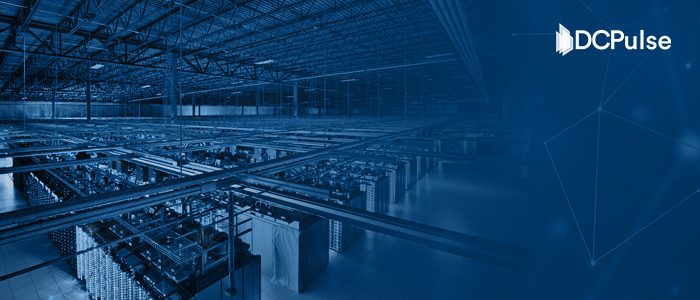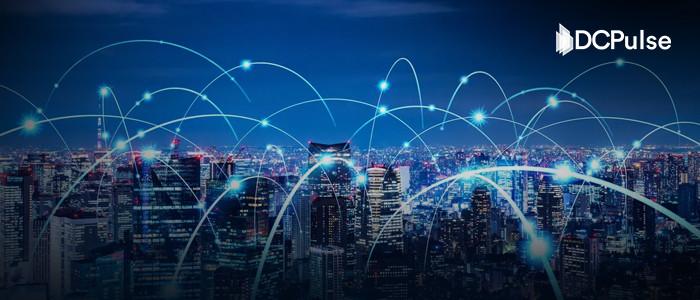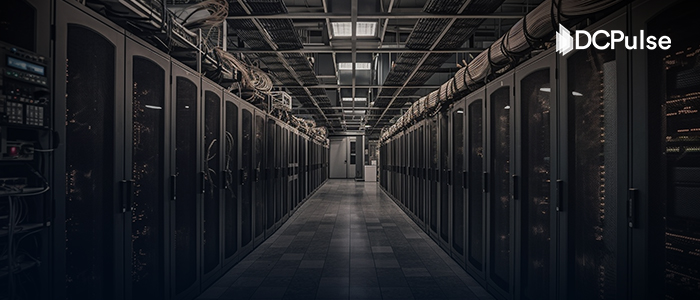In most data centers, Power Usage Effectiveness, or PUE, is still treated like a target.
A number to aim for. A record to report.
But the reality behind that number is often less consistent than it seems.
PUE values are usually based on brief periods, cool days, light loads, or test environments.
They look good in a report. But they don’t reflect how the facility performs under full pressure, over time.
This isn’t a criticism. It’s a gap in how the industry thinks about efficiency.
Because what matters more than the lowest number you can reach is how long you can hold it.
That shift in perspective reveals something that many reporting dashboards miss.
A data center might report a PUE of 1.12 during a mild quarter, only to average 1.5 in hotter months or under higher load. But only the lowest figure gets shared. Without a time-based view, that number tells us almost nothing about true operational efficiency.
When the focus turns from snapshots to sustained performance, a different picture emerges.
Operators like Meta, Huawei, and Google each reflect that shift in different ways. Their strategies vary, from cold-climate placement to full-stack design and global-scale optimization, but each one shows why holding a low PUE consistently is more meaningful than hitting a perfect number once.
The Trap of Perfect Conditions
Some of the lowest reported PUEs in the world come from places where the climate works in the facility’s favour.
Meta’s data center in Luleå, Sweden, is one of the best-known examples.
According to Meta’s own documentation, the facility reports a PUE as low as 1.07, supported entirely by outside air cooling for most of the year. That performance is real, and the efficiency gains are clear.
But it also highlights something else: the number is shaped by location as much as design.
Luleå sits just below the Arctic Circle, where cold, dry air is available year-round. With average annual temperatures around 2°C, there’s minimal need for mechanical cooling. In environments like this, air systems can run efficiently with little thermal resistance, and PUE naturally trends lower.
This doesn’t lessen the achievement. It just makes it harder to compare. A facility built on that kind of climate advantage doesn’t face the same cooling pressures as one in Mumbai, Singapore, or even Virginia. The same design wouldn’t deliver the same results elsewhere.
That’s the point.
A low PUE doesn’t always reflect a high-efficiency design. Sometimes, it reflects favourable conditions.
And that makes the number harder to interpret, unless it’s viewed through the lens of geography, climate, and consistency over time.
Designing for Consistency
While some operators benefit from favourable conditions, others focus on building consistency into the infrastructure itself.
Huawei’s cloud region data center in Gui’an, in China’s Guizhou Province, reported an annualized PUE of 1.15, measured under full IT load and year-round operation. This wasn’t a snapshot or a quarterly figure; it was a sustained outcome, designed from the ground up.
The site is located over 1,100 meters above sea level, with lower-than-average temperatures, but Huawei’s design choices went further than relying on ambient air. The facility avoids traditional compressor-based chillers entirely. Instead, it uses a combination of indirect evaporative cooling, AI-managed airflow, and liquid-cooled infrastructure, all controlled through predictive models that adjust to real-time workloads.
A key part of this system is iCooling@AI, a commercial AI-based control engine developed in partnership with Huawei Digital Power. It optimizes the cooling system based on real-time environmental and workload data, learning over time to reduce energy use while keeping thermal stability intact.
According to Huawei, deployments using iCooling@AI have seen PUE improvements of 8-15% at other sites, including Langfang and Ningxia.
“iCooling@AI… enabled data centers to learn to save power and automatically optimize their power efficiency… improving data centers PUE by 8-15 percent,” said Lei Yu, Senior Engineer, China Unicom Henan.
Thermal zoning is used to assign cooling resources only where needed, and system intelligence ensures that cooling doesn’t run on fixed baselines. Instead, it scales dynamically with load and heat density.
This kind of design reflects a different philosophy:
Treat variability not as noise, but as a design constraint.
Rather than aiming for a perfect number, Huawei built for repeatability, so that the number holds even when workloads shift and weather conditions change.
Scaling the Mindset
Designing a facility to hold a low PUE is one challenge. Holding it across an entire global fleet is another.
Google is one of the few operators to report consistent PUE performance across all its data centers, not just its best-performing sites.
According to its public efficiency reports, Google maintained a trailing twelve-month (TTM) average PUE of 1.09 across its global fleet in 2024, with quarterly figures as low as 1.08.
“Our calculations are based on continuously measuring the entire worldwide fleet performance of our data centers… We report a comprehensive trailing twelve-month (TTM) PUE of 1.09 across all our large-scale data centers (once they reach stable operations), in all seasons, including all sources of overhead,” reported in the Google Data Center Efficiency Report.
These results don’t come from climate or luck. Google’s approach relies on real-time telemetry, machine learning-driven cooling systems, custom energy-proportional hardware, and heat reuse strategies designed to align with renewable availability.
In practice, this means the systems respond automatically to shifting loads and environmental conditions. Cooling and power aren’t run at fixed baselines; they’re continuously optimized based on live data across facilities in varied climates.
This allows Google to avoid the sharp seasonal swings seen in other environments, even when demand rises or the weather turns.
Since 2013, Google’s global fleet PUE has consistently remained at or below 1.12, despite expansion into multiple regions with differing climates and workloads. That level of consistency, over more than a decade, sets a benchmark for operational discipline.
It also shows what becomes possible when low PUE is seen not as a peak to reach, but as a baseline to maintain.
A Better Way to Measure
Not every data center can be built in a cold climate. Not every team will run predictive AI or global fleets. But the principle remains the same:
PUE only means something when it holds.
The more the industry focuses on the lowest-ever numbers, the more it misses what those numbers are supposed to reflect: operational efficiency under real conditions.
A PUE of 1.1 for a day doesn’t mean much if it climbs to 1.6 the moment workloads scale or the weather turns. On the other hand, a facility that holds 1.2 years-round, through peak demand, thermal shifts, and hardware turnover, might be doing something far more valuable.
Sustained low PUE reflects alignment between architecture, operations, and intent. It shows that energy use is being managed as a continuous practice, not an occasional optimization. And it shifts the conversation away from highlight figures toward performance that actually supports sustainability goals.
That doesn’t require changing the metric. It requires changing how we read it.





